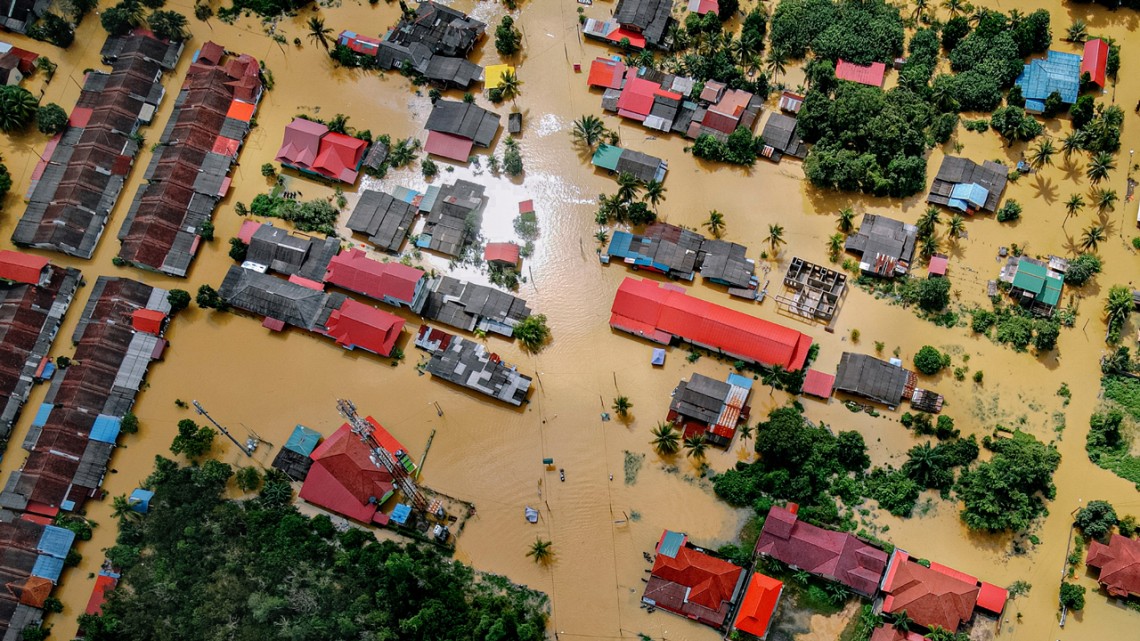Global Fashion Industry Threatened by Extreme Weather
Tiya Antony
Fashion News Editor
Bangladesh, Pakistan, Vietnam, and Cambodia are four of the world’s largest garment producing countries. A study, conducted by Cornell University and asset management company Schroders, has stated that extreme weathers of flooding and heat will cause these four countries to lose around $65 billion in earnings by 2030.
The four Asian countries total 18% of global apparel exports with more than 10 million workers in manufacturing. It is important to note that the estimate of $65 billion is based on normal business operations, so prolonged conditions can cause variations in this approximate amount. Fashion brands are being advised to alter work hours in regions of extreme weather and be prepared for slow productivity due to the impacts of climate change. This report has caused more discussion about protecting workers who are dealing with the stresses of climate.

The fashion industry has previously been hyper-focused on water usage and recycled fabrics to combat climate change, but experts state that more needs to be done to protect workers and relieve the damage that could occur. Recommendations have been about paid leave, altering work hours, and ensuring employee protections to take risks away from apparel workers.
Areas that are experiencing extreme heat are also more likely to confront significant floods. Such heat and flooding environment create higher risk in workers contracting diseases or being exposed to bodily harm. This drastic decline in exports for the countries would also lead to a loss of millions of jobs. This would make life situations even harder for the workers. With proper management and care, such as lowering heat stress on workers, companies may be able to avoid some of the estimated losses.

Pakistan was hit with disastrous floods in 2022 and caused the country to lose almost half of its cotton crop. This is just one example that highlights the impact of weather on goods and the extent that climate change will have on materials. Brands and companies that are dependent on these countries may face large obstacles and need different countries to collaborate in exporting materials. However, it is not easy for retailers to source away from Southern Asia because the region provides a huge benefit to fashion brands in manufacturing and production, which would be hard to find in other regions. Other large garment-producing countries are also impacted by climate change such as Thailand, India, Mauritius, and regions of China being some of the mentioned nations in the Cornell report.
Climate change is projected to cause serious losses in the global fashion industry and companies should be warned to create strategic improvements to safeguard workers and valuable regions that the industry is dependent on.
Contact Tiya at antonyti@shu.edu
